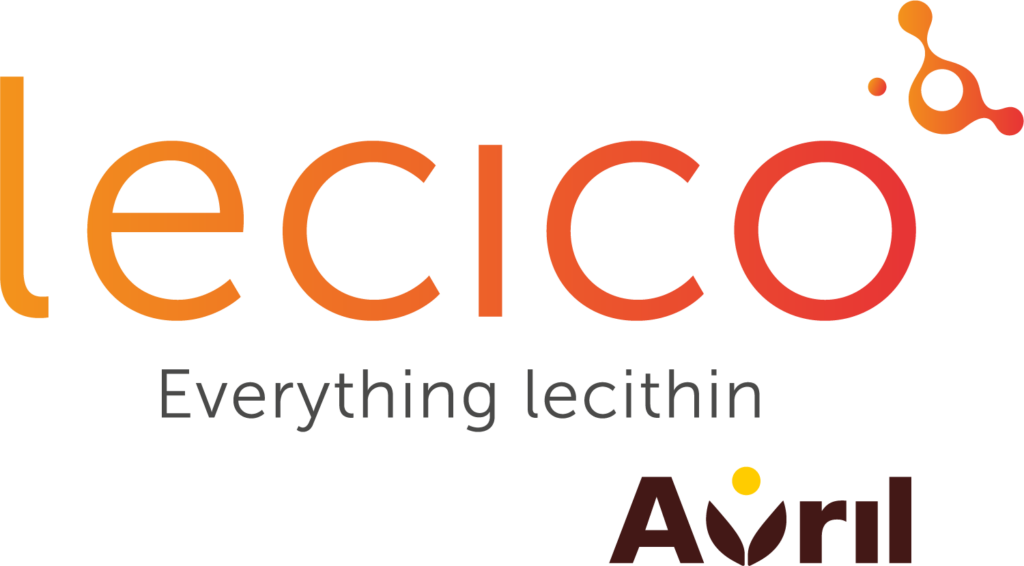Cosmetic Preparations
Cremes, Seifen, Shampoos und dekorative Kosmetik
Lecithin is widely used for the production of an extensive range of cosmetic products like creams, lotions, soaps, hair shampoo and decorative cosmetics such as lipstick.
Commercially, phospholipids are extracted from lecithin. Soybeans are predominantly used as raw material but sunflower, rapeseed, eggs or milks are quite interesting due to their various types of phospholipids and fatty acids. Lecithin contains a minimum of 60 % phospholipids & glycolipids and a maximum of 40 % neutral lipids.
Lecithin and their fractions, the Phospholipidsare surfactants for the creation of cell membranes and as such have technological properties (as emulsifiers, lubricants, dispersing agents and emollients) together with physiological activity. They are able to stabilize creams and lotions without irritating surfactants. They form rich gels, solubilize fats in alcoholic preparations, prevent fat crystallization or bind water in lipsticks or make-up formulations.
The unique affinity of membrane lipids to the skin enhances bioavailability of other active ingredients and provides controlled release to skin cells. They are hydrating, restructuring, film forming, soothing and refatting ingredients. Phospholipids and the Glycolipids from soya eggthereof provide a very rich skin feel to cosmetics.
Therefore these membrane lipids are the best natural and biological solution for emulsions and delivery systems in cosmetics. Membrane Lipids are available in a wide variety of origins, purity and physical forms, offering different properties for very specific applications. LECICO offers a broad range of products extracted from soya, egg yolk or milk with specific properties to formulate innovative cosmetics.
Phospholipids and Glycolipids are essential structure components of biological membranes. They exist in a wide variety of purity in order to obtain specific properties in cosmetic formulations. The amphiphilic nature of membrane lipids allows them to act as co-emulsifiers both in o/w and w/o systems. They are widely used commercially as thickeners, dispersing and wetting agents. Phospholipids and Glycolipids exhibit skin treating properties due to their origin: they have film-forming properties, have long-lasting effects on skin moisturization and are an important source of the essential linoleic acid which restores an impaired barrier function of the skin. Phospholipids are non-irritant, non-comedogenic and non-allergenic. Lecithin reduces irritations caused by other surfactants and improves the tolerance of the formulation.
Lecithin is an excellent skin restorative agent and moisturizer. It has the ability to penetrate the epidermis and carry substances to the right cell level. It can also form cell-like structures called liposomes. Liposomes are formed when a group of phospholipids are placed on the skin; they spontaneously arrange themselves to match their water loving heads together and their oil loving tails together to form a microscopic sphere. These spheres are similar in construction to an actual cell membrane. They are then able to pass through the epidermis and act as a carrier of substances that attach themselves.
Phospholipids in studies were found to be hygroscopic, which means they attract water from the surrounding air and maintain hydration in place. They help increase hydration levels in the skin without modifying the water loss rate of the skin.
Lecithin is an excellent choice for cosmetic use sinceit is natural, toxicologically safe, and does not produce skin irritation or cause sensibilization effects.

Main advantages
- excellent film-forming properties
- hydrating, restructuring, soothing and refatting
- improves the tolerance of the formulation
- reduces irritation caused by other surfactants
- long lasting effects on skin moisturization
- important source of essential linoleic acid
- non-irritant, non-comedogenic and non-allergenic

